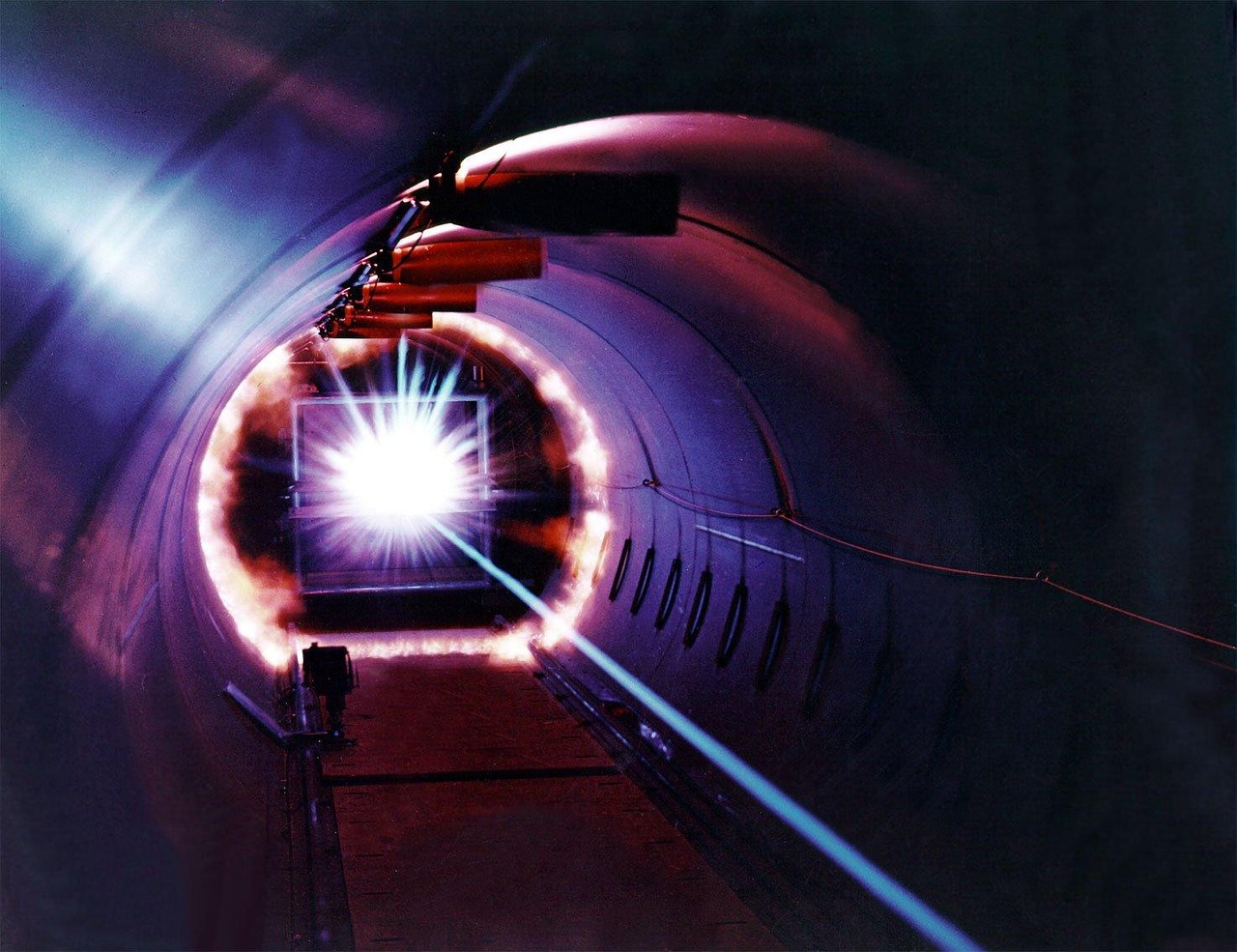Laser Technology and its impact on science

Pixabay
In the medical field, lasers facilitate surgical procedures with an accuracy virtually unattainable with traditional instruments. Eye surgeries, such as LASIK laser myopia correction, dermatological treatments, and even interventions on delicate tissues are all possible thanks to this technology.
In industry, lasers are used to cut, weld, and engrave materials with astonishing precision, primarily metals and plastics, increasing productivity in the manufacturing of electronic, automotive, and aeronautical components. Science has befriended a powerful ally: the laser. In quantum physics, lasers, those brilliant devices, cool atoms almost to absolute zero, revealing profound secrets of matter.
In astronomy, lasers measure lunar distances with astonishing accuracy using reflectors and also detect gravitational waves. Let's not forget laser optical communications, which promise data rates far greater than those already known, such as fiber optics and radio frequency.
The laser is no longer a simple experiment; it's a vital tool! Its development exemplifies how a spark of theoretical physics becomes something real and transformative for society.
As laser research continues, we foresee even more exciting inventions; Directed energy systems and advances in regenerative medicine, thus the laser is now established as a key pillar of modern technology.
Reference
Physics for Science and Technology. II by Paul Allen Tipler, Gene Mosca, 2004.
The Laser by Vicente Aboites, 2012.